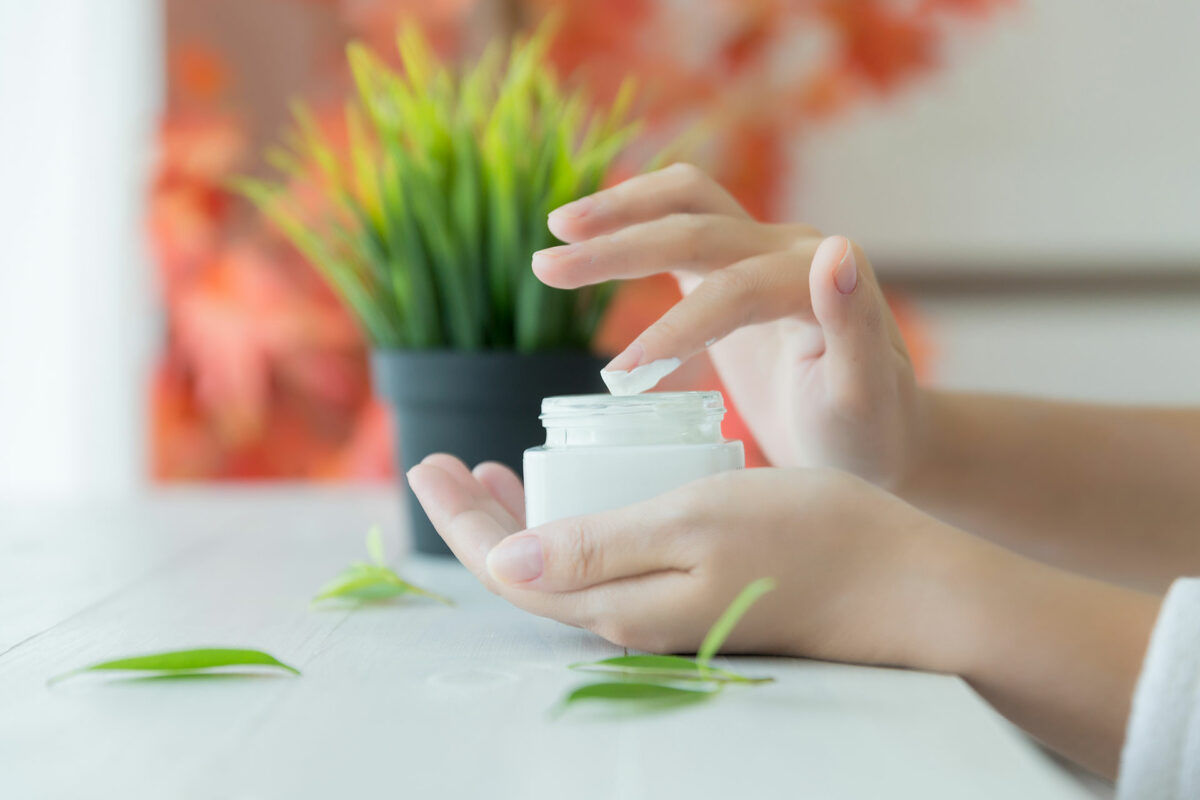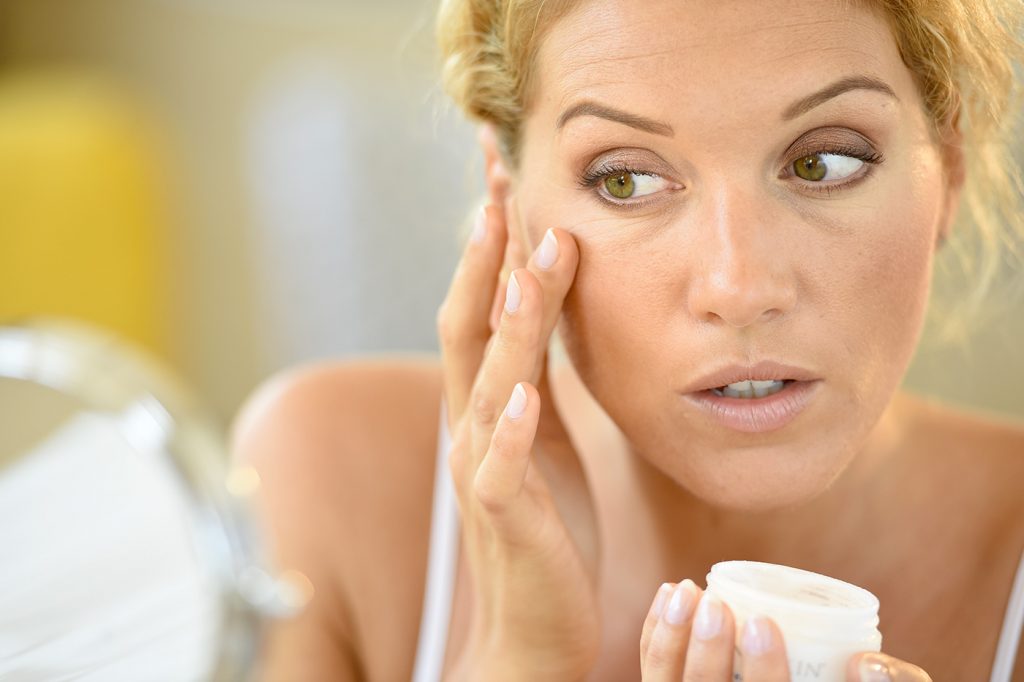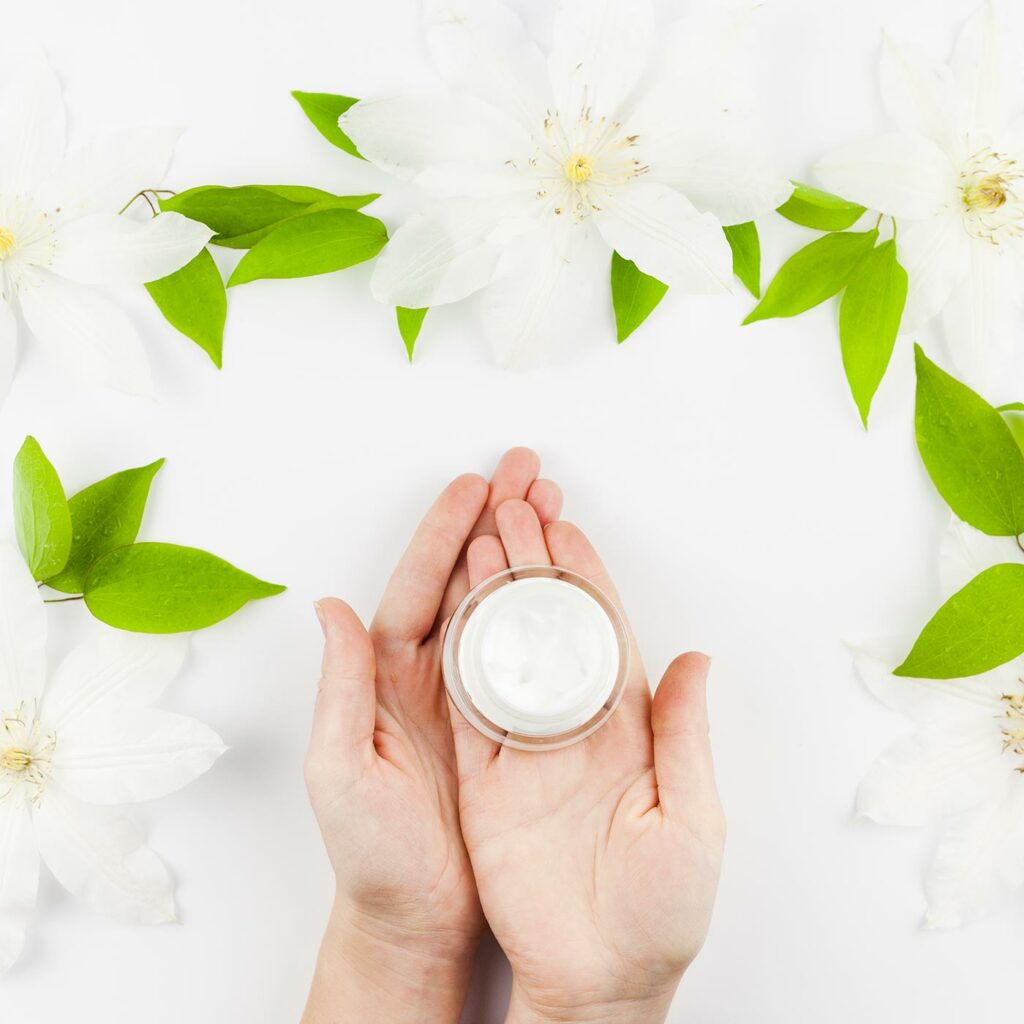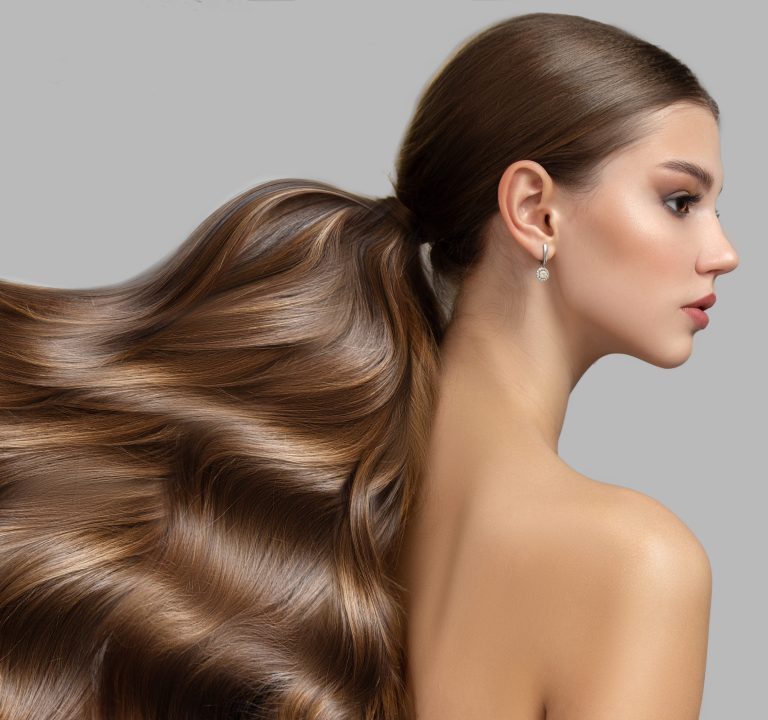OLIVOIL SPECIALTIES in cosmetics
Emulsifiers, Surfactants, Emollients and Actives From the "Mediterranean Gold". Olives represent one of the most precious and healthy vegetable sources found in nature.

19 May 2021

Eco-Sustainable Cosmetics Philosophy
The cosmetics industry has become more and more sensitive toward the use of natural sources with a complete profile of sustainability.
 The philosophy of sustainability implies compliance to several parameters such as the renewability of the sources, their transversal low environmental impact and the possibility of withdrawing the raw materials necessary to the industry according to “upcycling” and “circular economy” dynamics.
The philosophy of sustainability implies compliance to several parameters such as the renewability of the sources, their transversal low environmental impact and the possibility of withdrawing the raw materials necessary to the industry according to “upcycling” and “circular economy” dynamics.
Olive oil use in the cosmetics industry meets brilliantly all the above conditions, representing a premiere sustainable option, given the ease of its sourcing from upcycled food industry derivatives, its biodegradability, low environmental impact and the sustainability of its extensive cultivation.
When compared to other vegetable sources frequently used in the cosmetics field, such as Elaeis Guineenesis (palm trees), its sustainability profile differentiates significantly, especially in relation to the total lack of eco-system and species endangering concerns related to its extensive cultivation.
The Natural Chemistry Behind Added Value
Olive Oil fatty acids composition differentiates from other vegetable oils used in cosmetics in relationship to the abundance of mono-unsaturated fatty acids like Oleic Acid, which is occurring in its composition at a total amount of approximately 70 %.
Oleic Acid has been proven to be one of the most dermo-compatible fats, as it boasts well known in scientific literature skin permeation enhancing features along with a proven anti-inflammatory action and a sensorial “double skin” effect leading to immediate emollient after-feel perception.
Olive oil also contains significant amounts of linoleic acid, which is a structural component of skin ceramides, that show anti-inflammatory and skin lightening features. The above-described unsaturated fatty acids features represent therefore the most relevant reason linked to the several beneficial effects of olives, proven both on cosmeceutical and nutrition fields.
Along with the fatty acid composition, also the olive unsaponifiable fraction is rich of skin beneficial molecules, including squalene and several phytosterols, such as β-sitosterol, campesterol, stigmasterol in free or esterified form.

Olivoil: vegetable lipo-peptides & lipo-sugars
In the modern concepts of wellness, now consisting in the responsible respect of both body and skin balance and environment, the wide success of ingredients of vegetable origin is due to two key aspects. Firstly, the need for developing formulas compatible as much as possible with the physiology of the skin and its annexes, without any adverse effect or allergic potential. Secondly, the growing confidence of the consumers in the beneficial properties provided by complex mixtures of natural ingredients.

The “Olivoil” technology was indeed inspired by the above principles and is founded on the chemical fusion of this unique vegetable oil with active protein/sugar derivatives to develop functional emulsifiers and surfactants playing a dualistic technological and functional role in cosmetics end products.
According to the trends imposed by the “green & eco-sustainable chemistry”, this kind of technology allows pursuing through unique know-how the selection of elite natural actives, by translating their peculiar benefits into functional and technological cosmetics added value.
Emulsifiers:
dualistic approach to fight skin dryness

Olivoil emulsifiers: are able to coordinate water and oily phase by creating lamellar liquid crystal systems that structure oil in water emulsions and forming micron-sized systems, where the oily phase droplets reach a size of approximately 2 microns. This particular emulsion structuring is the base for the development of sensorial advanced end cosmetics with multiple potential forms, from hyperfluid/sprayable to thicker creams, potentially containing a high load of pigments and minerals
- promote the reintegration of lipids on the skin barrier given the high dermo-compatibility of unsaturated fats with the epidermal horny layer. As a result of the delivery of such fatty acids, the skin will show major softness, an emollient after-feel and higher resistance to dehydration and trans-epidermal water loss.
- The presence of functional polypeptides sugars, or amino-acid included in the emulsifiers system, provides the cutis with moisturizing substances either able to form a hydrating film and an immediate skin tensor and lifting effect (eg. polypeptides from oat, rice or wheat) or substances enriching the skin Natural Moisturizing Factor, also known as NMF (eg.. single amino-acids or sugars, such as, respectively, glutamic acid/threonine/valine/glycine and fructose).
Active Surfactants:
cleanse & enrich
In vivo trans-epidermal water loss assessments prove that lipo-protein/lipo-sugar derivatives based on olive oil, even when used at low active matter (starting approximately from 0.5 ÷ 1.0%) can mitigate and reduce the degreasing action of sulfate-based washes with a massive entity, enabling to efficiently cleanse the skin dirt while exerting a concurrent skin barrier restoring action.
Similar tests carried out on sulfate-free systems, only containing olive-based surfactants prove an overall effect on the skin barrier, resulting even more delicate than physiological water application.
The above studies rationale suggests the use of Olivoil surfactants as the premier choice for the development of cleansing end cosmetics targeted for frequent use, sensitive skin and with an objectified added value on diversified applications in counteracting the hydration and irritation typically occurring in “old school” rinse-off market products.
Ingredients
Formulations
After Sun Milk (Palm Free)
100% Palm free milky emulsion, based on a patented emulsifier from olive fatty acids. Soothing, moisturizing, skin barrier restoring features. Innovative silicon like texture.
After Sun Sprayable Lotion
Refreshing hyperfluid emulsion with advanced sprayability, obtained through an internationally patented olive based emulsifier.
Anti-Ageing Night Cream (Palm Free)
100% Palm free emulsion, rich texture, based on patented emulsifier from olive fatty acids and biomimetic endorphin. Anti-wrinkle (-55%), skin repair and revitalization features.












